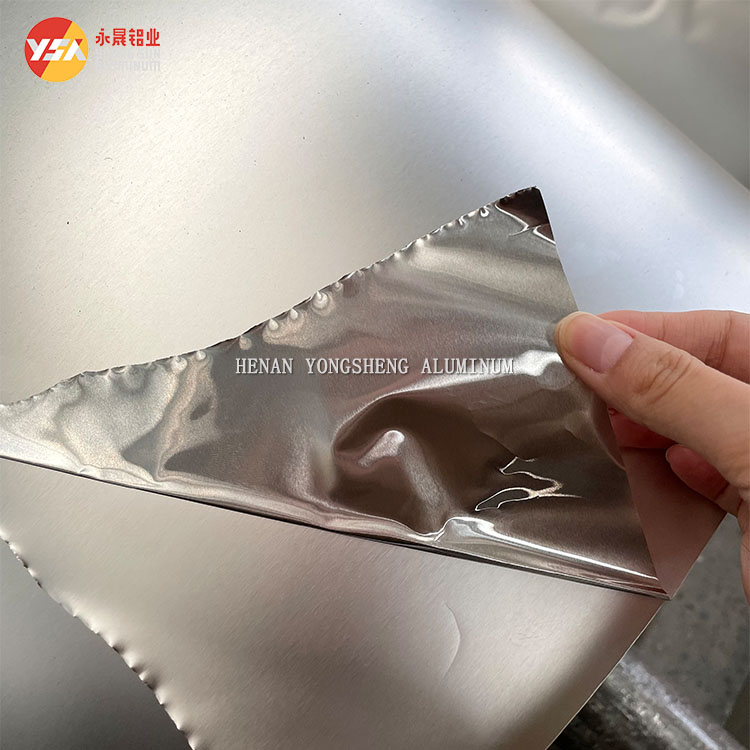Introdução
In kitchens around the world, a staple for wrapping, storing, and cooking food is often referred to as “foil.” However, confusion may arise regarding whether this foil is aluminum or tin. While both are thin metal sheets used for similar purposes, there are crucial differences between aluminum foil and tin foil. In this article, we delve into these disparities, unraveling the distinctions and dispelling common misconceptions.
Understanding Aluminum Foil
Aluminum foil, as the name suggests, is made primarily of aluminum. It is a thin, pliable sheet of metal that boasts excellent heat conductivity and resistance to moisture and chemicals. Widely used in households and industries alike, aluminum foil is valued for its versatility and convenience. It is commonly used for wrapping food, lining cooking surfaces, and insulating items for cooking or storage.

Unveiling Tin Foil
Contrary to popular belief, what many refer to as “tin foil” is, in fact, aluminum foil. Historically, tin foil was indeed prevalent before the widespread adoption of aluminum foil. Tin foil was made from thin sheets of tin, which is a less malleable and more expensive metal compared to aluminum. However, due to its tendency to impart a metallic taste to food and its higher cost, tin foil fell out of favor, making way for the dominance of aluminum foil in the market.
Dispelling Myths
Myth: Tin foil and aluminum foil are interchangeable.
Fact: While both are thin metal sheets used for similar purposes, tin foil and aluminum foil are distinct materials. Tin foil, made from tin, is no longer commonly used, whereas aluminum foil, made from aluminum, is the prevalent choice for wrapping and cooking food due to its superior properties and affordability.
Myth: Tin foil is safer than aluminum foil.
Fact: Aluminum foil is considered safe for food contact by regulatory agencies worldwide, including the US Food and Drug Administration (FDA) and the European Food Safety Authority (EFSA). Tin foil, on the other hand, may pose health risks due to the potential for tin to leach into food and its metallic taste.
Conclusão
In the debate between aluminum foil and tin foil, aluminum emerges as the clear victor in terms of safety, affordability, and versatility. While both materials have been used for similar purposes in the past, aluminum foil has cemented its status as the go-to choice for wrapping and cooking food in modern households and industries. By understanding the differences between these materials and dispelling common myths, individuals can make informed choices when selecting the appropriate foil for their culinary needs.